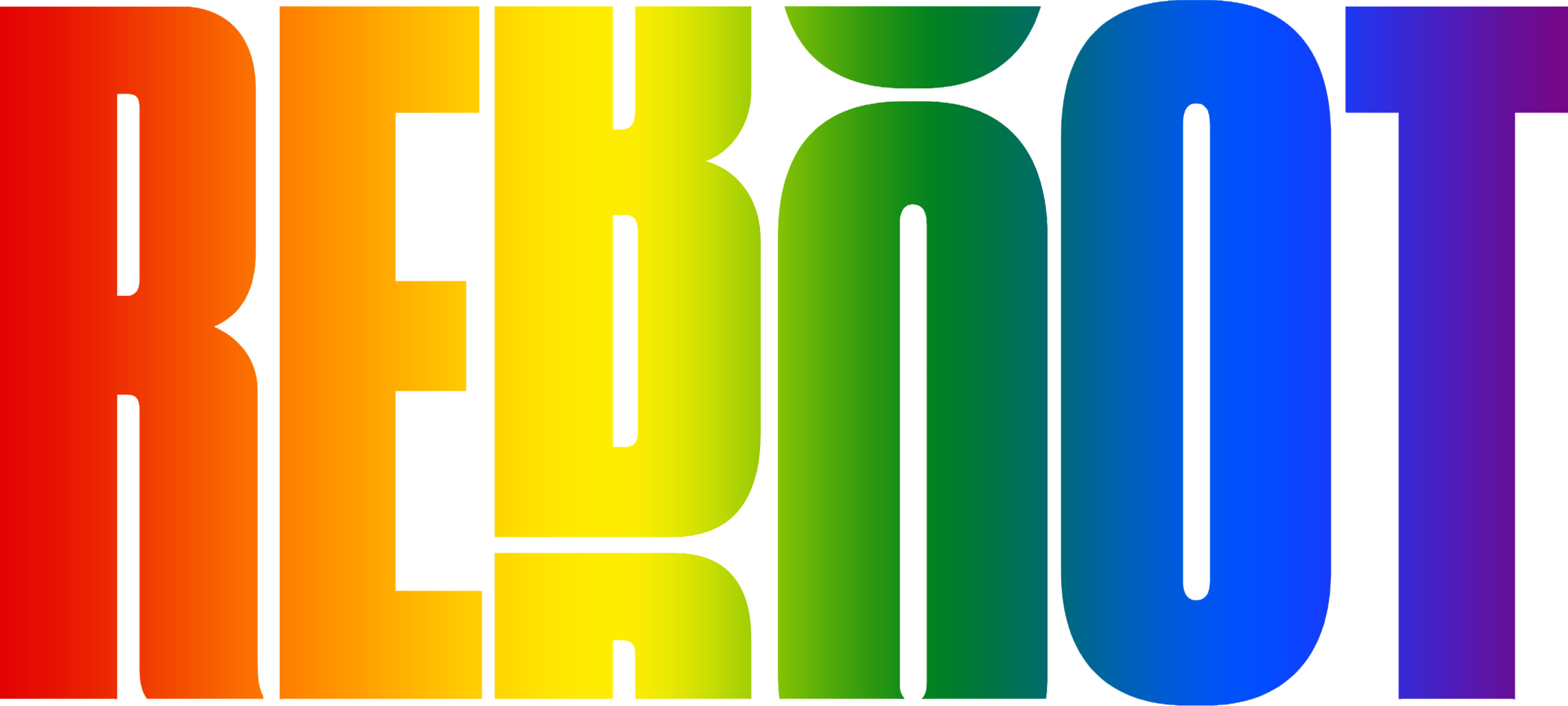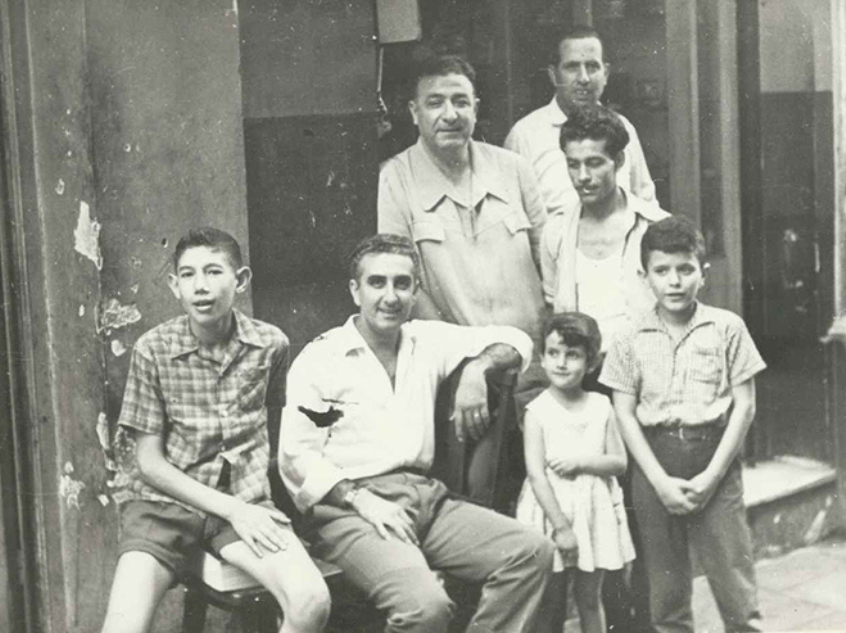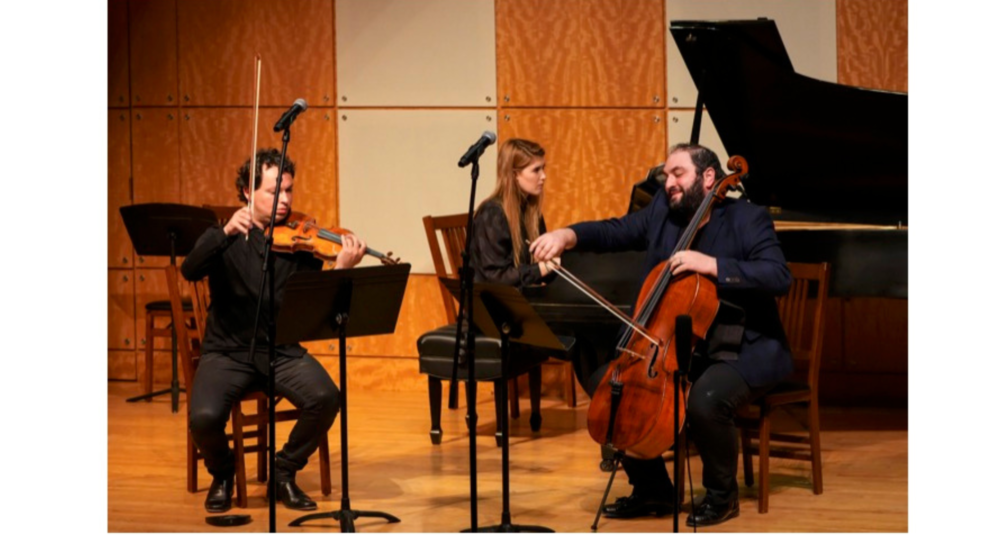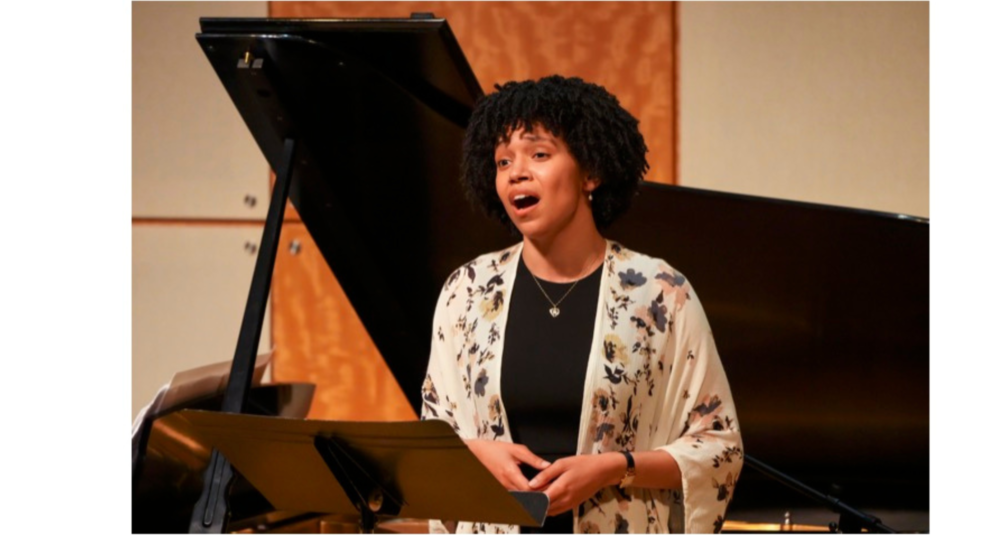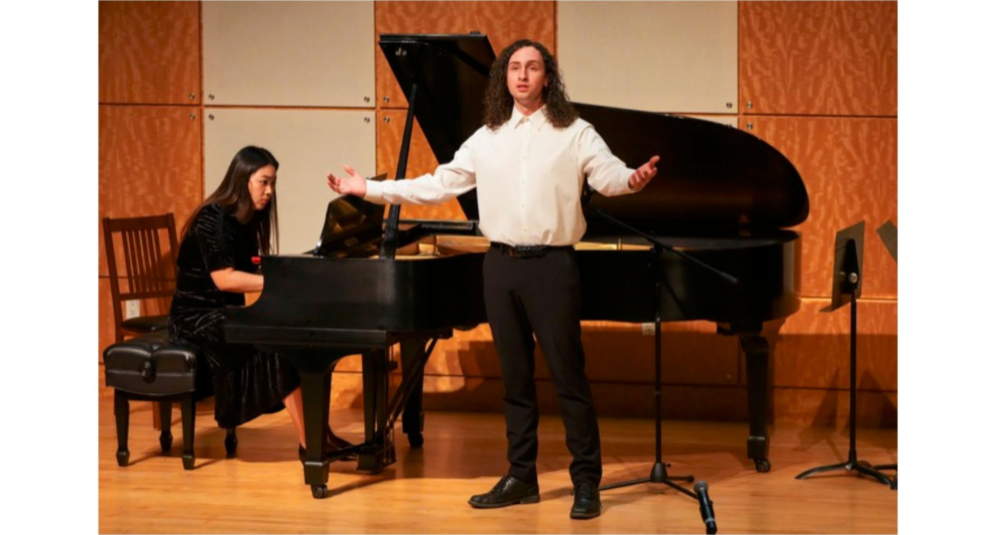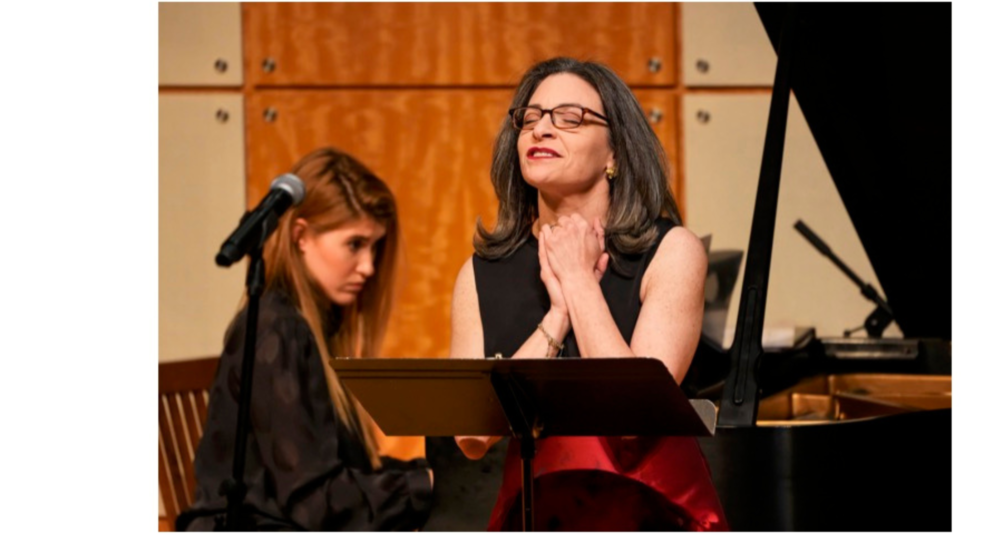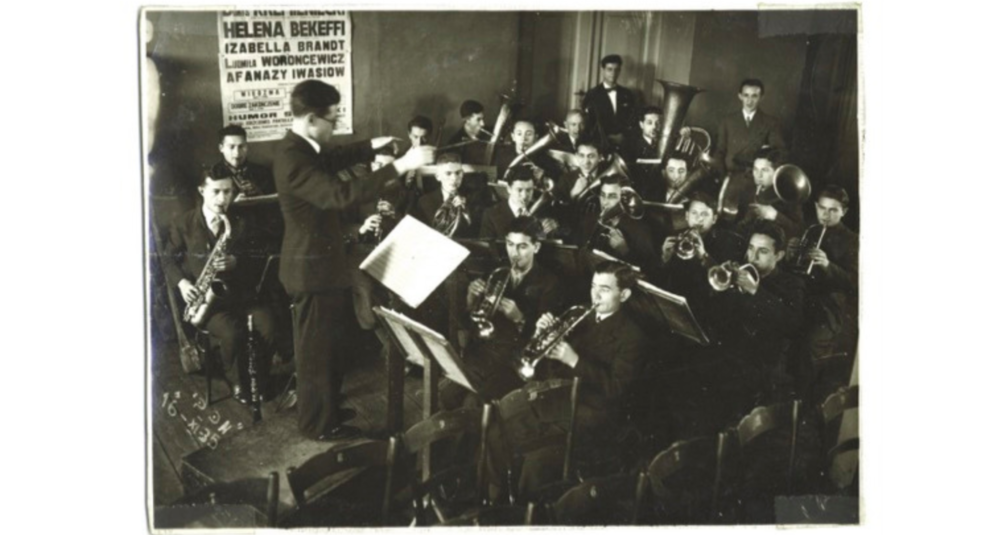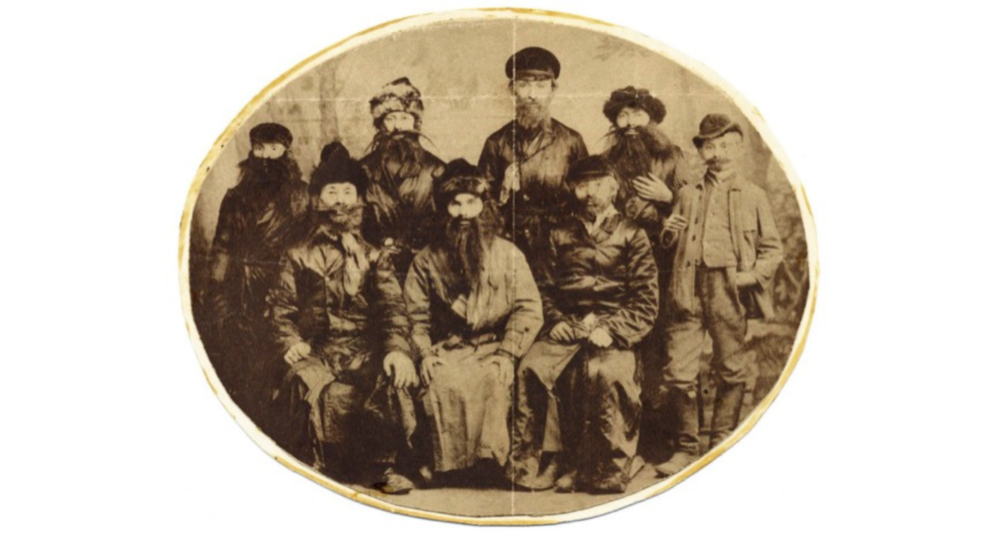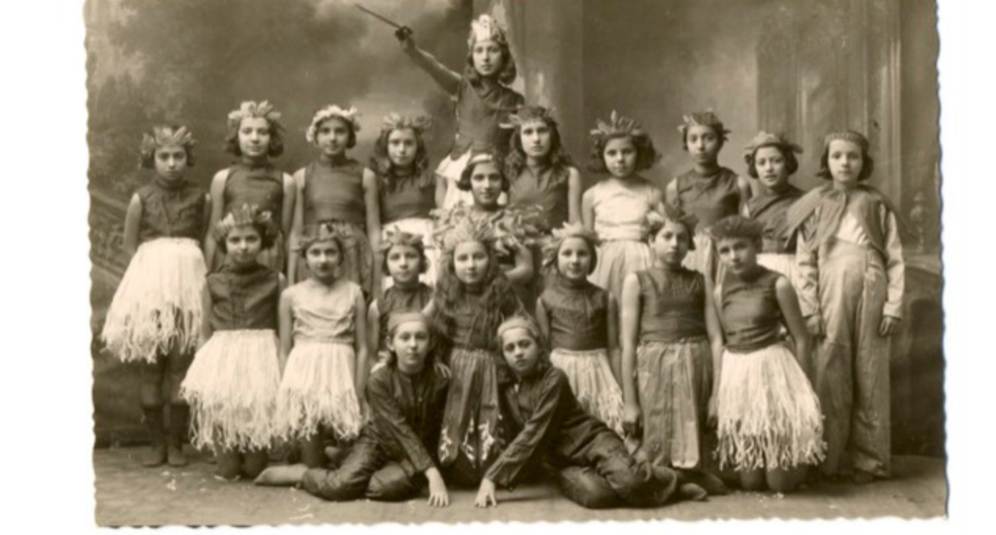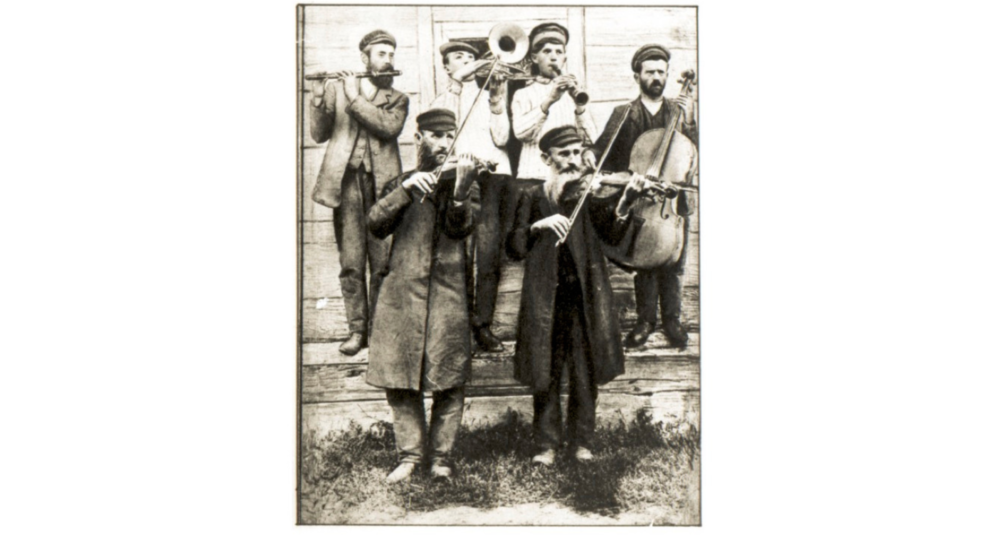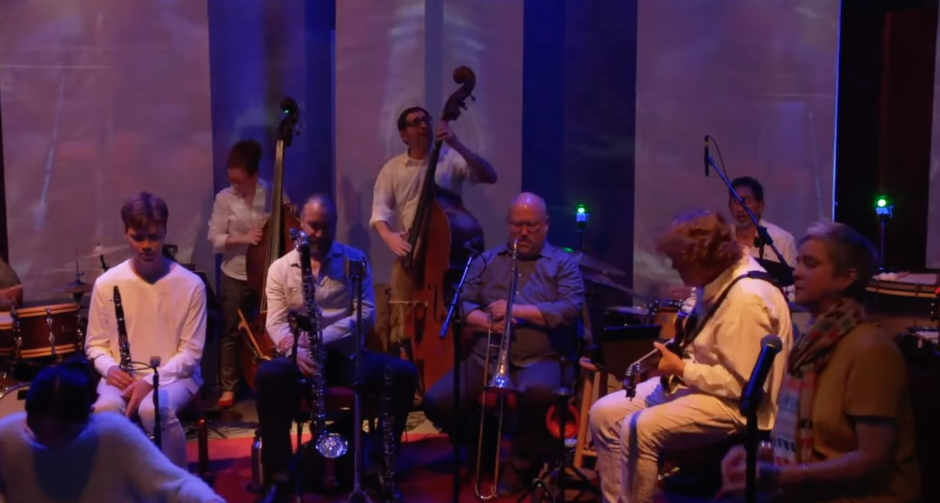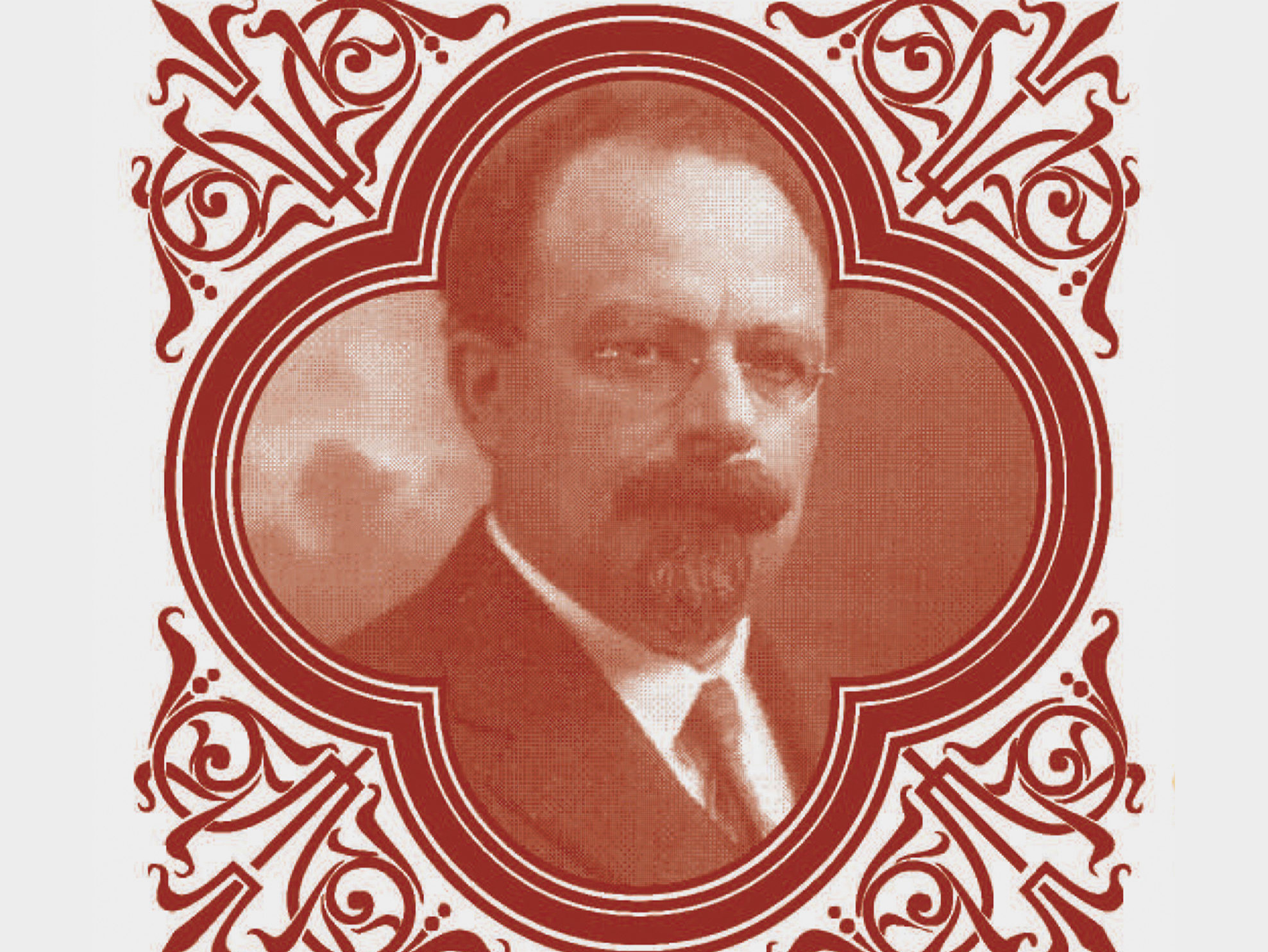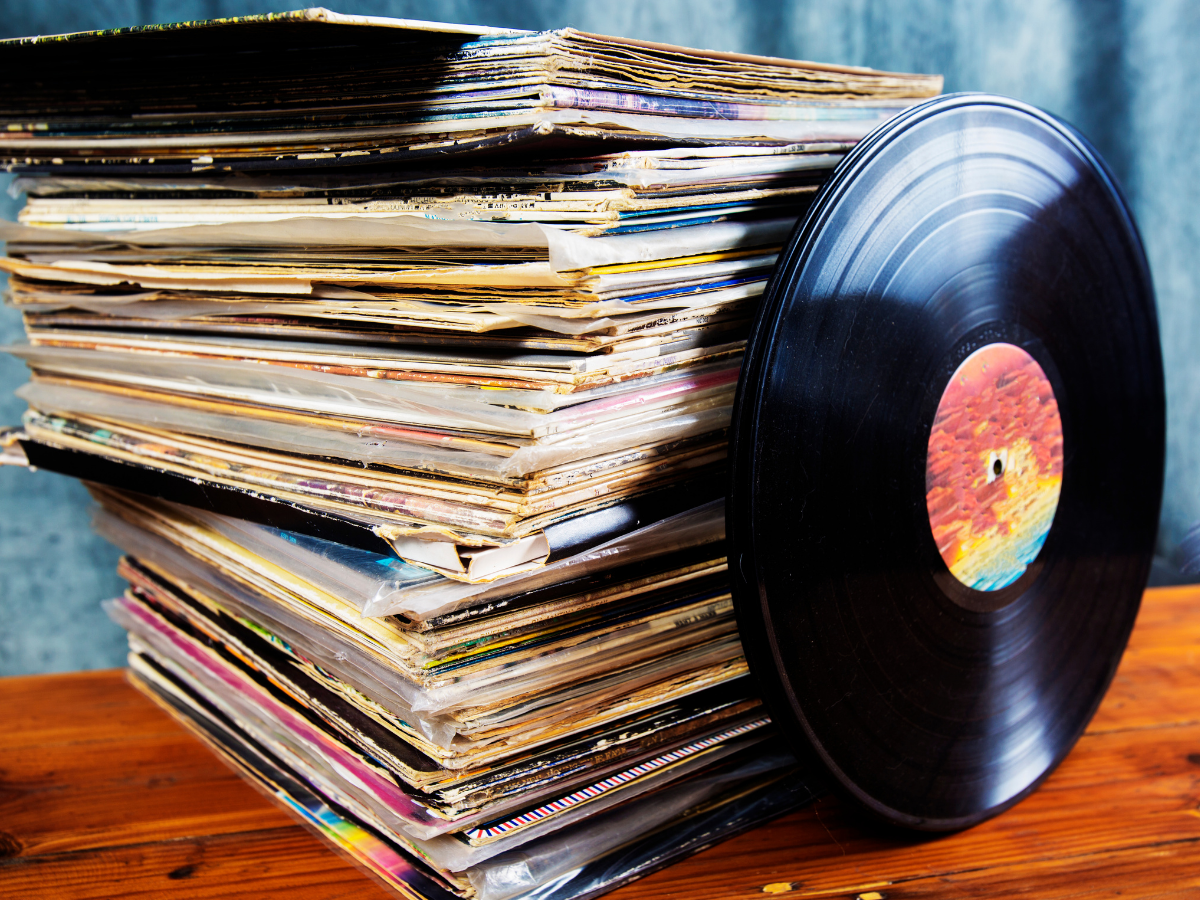Yiddish Folksong: Past, Present & Future
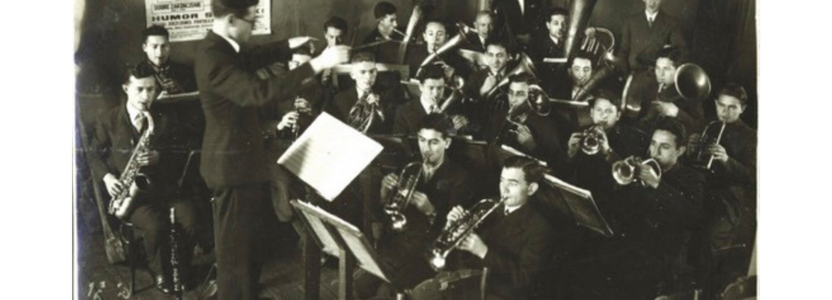
More than a dozen Yiddish folk songs buried in the archives of the YIVO Institute for Jewish Research were given a new life earlier this year, reimagined into new classical works and presented in four concerts – Continuing Evolution: Yiddish Folk Song Today, the largest music festival ever of its kind. The performances, by more than 30 musical artists, revitalized these largely obscure and unknown works and are now online and streamable.
When they were written, the original songs were not presented in concert format. That’s largely a 20th Century phenomenon. Instead, folk music was simply part of daily life. YIVO’S series, conceived by Director of Public Programs Alex Weiser, presented a vision that preserved the music while reimagining it.
A composer and finalist for the Pulitzer for his contemporary classical settings of Yiddish poetry, Weiser spoke with Reboot Network member David Brendel about this groundbreaking concert series.
Alex Weiser:
The overall highlight for me was bringing in contemporary composers and having them reimagine these folk songs. It just takes this thing that’s an artifact from the past, and through someone’s musical imagination, answers the question – “What does it mean today? How is it relevant?”
Another highlight was the concerts we did in collaboration with Bard College Conservatory, and to see young performers, Jews and non Jews as well, becoming immersed in the music. It became relevant, still speaking to people, which is inspiring.
Most people think of classical music as an artifact from the past. And folk music is also considered a relic of the past by many people. This festival showed that both of these are alive.
There is actually a corpus of thousands of Yiddish songs where we just don’t know where they came from. And those songs are really interesting, not because we don’t know who wrote them, but because they are a snapshot, a window into this lost Jewish world.
One of the things that’s really cool about this music is that people were reimagining these folk songs over a hundred years ago. It was around 1901 that the first concert like this happened. And that was a big turning point because it continued to exist in a natural context in daily life. But from then on, it also existed simultaneously in this reimagined concert context.
We have over 2,000 songs in the Ruth Rubin collection at YIVO. Ruth was a singer and folklorist, like a saint. We’ve digitized her recordings and there’s a portal on our website through which one can listen to her songs. We commissioned Annie Gosfield to write a new quartet based on an old melody from the Rubin collection. She created this wonderful piece which is totally avant garde and out there. But it’s really inspired by the kind of sound world of this particular folk melody. So that really excites me because it just didn’t exist. And now it does.
Highlights from the festival:
Hebreishe viglid by Joseph Achron (1914)
Dem harey-at (traditional)
Rebbe Elimelech by Lainie Fefferman (2022)
